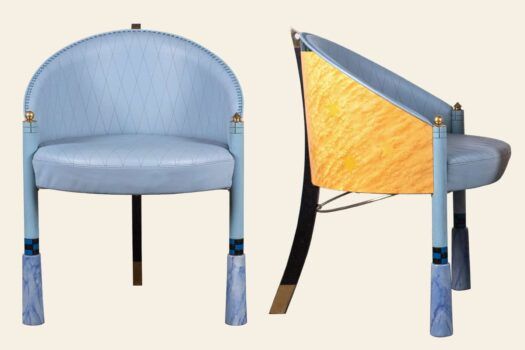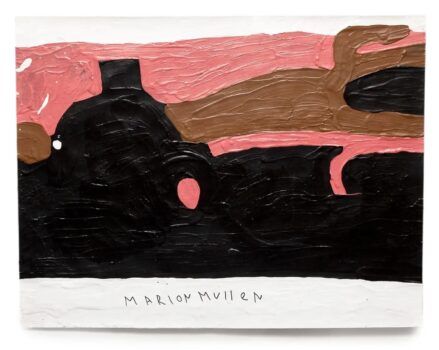Brimming with diamonds and colored gemstones in a cascading rainbow of hues, this breathtaking bib necklace is as fresh, daring and dramatic as any contemporary masterpiece, yet it was crafted more than 150 years ago.
The piece hails from the beginning of the Victorian era’s Grand Period, when jewelry was unapologetically large, opulent and richly symbolic. “It’s a truly mesmerizing necklace that remained in one family for many generations before I acquired it,” says Keith Feldman, the third-generation dealer at the helm of Los Angeles–based KFK Jewelers, Inc., who is offering the piece on 1stDibs. “What I find magical about it is that it moves your mind to more decadent times. When you know it’s Victorian, you instantly think of the places and people it has been exposed to — extravagant balls, regal celebrations, illicit affairs — and yet it’s still so modern and versatile.”
Combining cushion- and rose-cut diamonds with a kaleidoscope of round-cut sapphires, zircons, tourmalines, amethysts and garnets, the necklace shimmers in a palette of tones ranging from translucent lilac and pale lemon to deep chestnut brown and bright cherry red. Minimalist claw settings help to highlight the brilliance and radiance of the stones, while lace-like 14-karat-gold metalwork makes them seem to float against the skin. Those on the front fringe are suspended from knife-edge bars, allowing them to sway as you move.

It only takes a small leap of the imagination to conjure a mental picture of how this necklace would have been worn back in the 1860s: no doubt paired with a sumptuous silk bustle gown whose plunging neckline fully showcased the collarbone.
The piece has an interesting recent history: It was the star lot of the high jewelry sale slated to take place at Sotheby’s London on March 24, 2020, which happened to be the day after the UK government announced a nationwide lockdown to prevent the spread of the COVID pandemic. “The necklace made the cover of the catalogue, which was really exciting. But given the unsettling and unforeseen situation that unfolded around the world, I decided to pull it from auction,” Feldman says, adding, “It just didn’t feel right — a good decision, because I was able to admire it a little longer myself.”
For him, the piece’s allure lies in its stones: “It doesn’t repeat. That is to say, one side doesn’t match the other, which to me, places it in the realm of fine art, and modernist fine art at that.” Specifically, Feldman likens the necklace to an “abstract canvas,” reminiscent of a Jackson Pollock in its expression of pure emotion — experimental, unconventional and adventurous yet also imbued with a distinct sense of knowingness and order. “The combination of colored gemstones set in this surprising arrangement,” he says, “lends it an invigorating quality that’s wholly unique. It really is a thing of absolute joy.”






